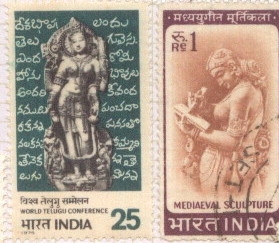SadanaShurulu greatness of PADMASHALI’s
Saadhana Soorulu Folk Arts
1]Saadhana Soorulu are those who, with a lot of devotion and concentration, learn magic or Indrajala and give performances in the art of magic. They are known to produce miracles and shock their audiences.
They belong to the Padmashali community are dependent on the weavers in this community with whose permission they give performances. The team performing this art form consists of six men. They go around villages throughout the year and give magic performances. They stay for five or six days in a village.
Performances are given in open places where there is scope for a good gathering. They are arranged during daytime only. No make-up is necessary for this performance. A few of these performances are detailed below. Four poles are fixed in the place of the performance. A man is tied to a pole with rope and completely covered with cloth.
When the cover is removed, the man tied to one pole is made to appear at another pole. Another item in the performance is what is known as Agnisthambhana. This is done by fixing a stout needle on the head of a man. A shallow vessel is placed on the other end of’ the needle with a flame under the vessel. Rotis are baked on the vessel after this. Another magic performance is known as Jalasthambhana. In this they show a person drinking water with his mouth and letting the water out through his ears and nose.
Yet another is Vayusthambhana. This is done by making ones body light, controlling breathing and then weighing the body on a light scale. By doing such magical acts, Saadhana Soorulu continue their performance for about three hours. They have Katladi (right for collection) with the Padmashali community. Performance is their main source of livelihood.
Sadahanasuroolu are depicted at bottom of 500 rial note on Cambodian[next to Vietnam] currency cut bottom panel to get good view

Great Padmashali,SADANASHURULU







